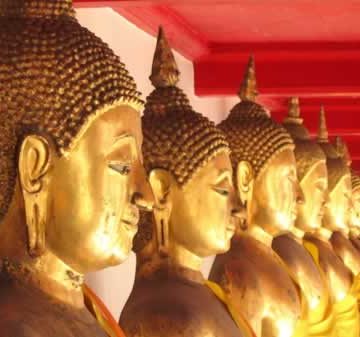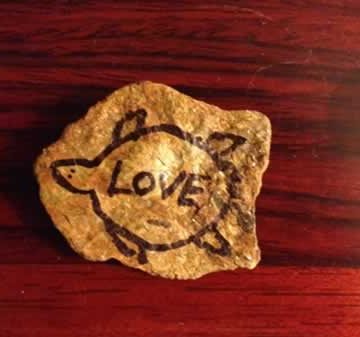Practices and resources
I hope you enjoy these articles with practices and resources I have found helpful.
I’ve always been in awe of people who create something unique. I’m sheepish that everything I have to offer has been learned from someone else. And, what if the eye for something good and useful is a talent? I hereby claim my talent as a spotter of the good and useful and share some favorite finds.
Rick Hanson, Ph.D, psychologist, and New York Times best-selling author says our brains are “like Velcro for negative experiences, but Teflon for positive ones.” The good news is that you can use your mind to rewire your brain for happiness, making positive experiences stick. Give it a try.
Pain is inevitable, suffering is optional. I’ll never forget reading this First Noble Truth of Buddhism. I was 42 at the time. Since then I’ve practiced many ways to lessen suffering. I’ve also unknowingly confused avoiding suffering with avoiding pain and ultimately avoiding life. How to shift this? There is a way—if I am willing.
When was the last time you asked for feedback? What was your reaction when someone gave you an unsolicited suggestion for improvement? Feedback is key to growth and learning, yet our fundamental need to be accepted and valued gets in the way of receiving feedback. Will it ever be easy? Probably not, but it can be easier.
You can learn a lot about yourself by looking at the people you admire. The qualities you respect in others are a clue to what wants to be expressed through you.
Feeling stuck? Look to those individuals you admire and find your next step.






